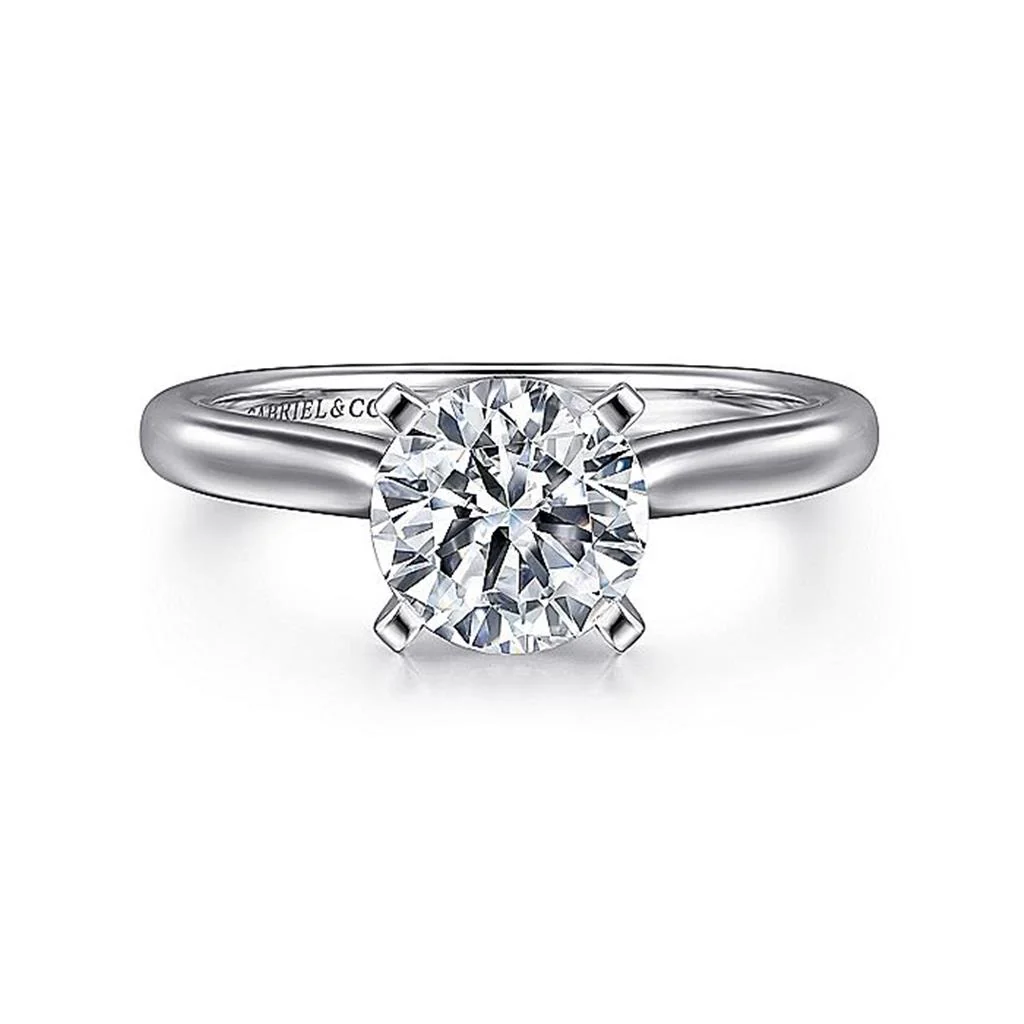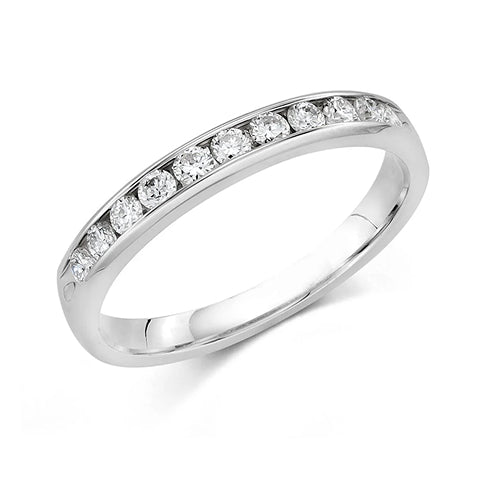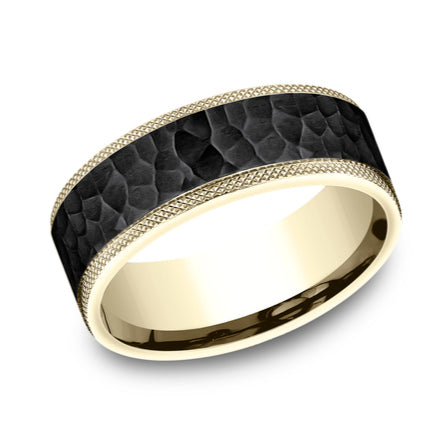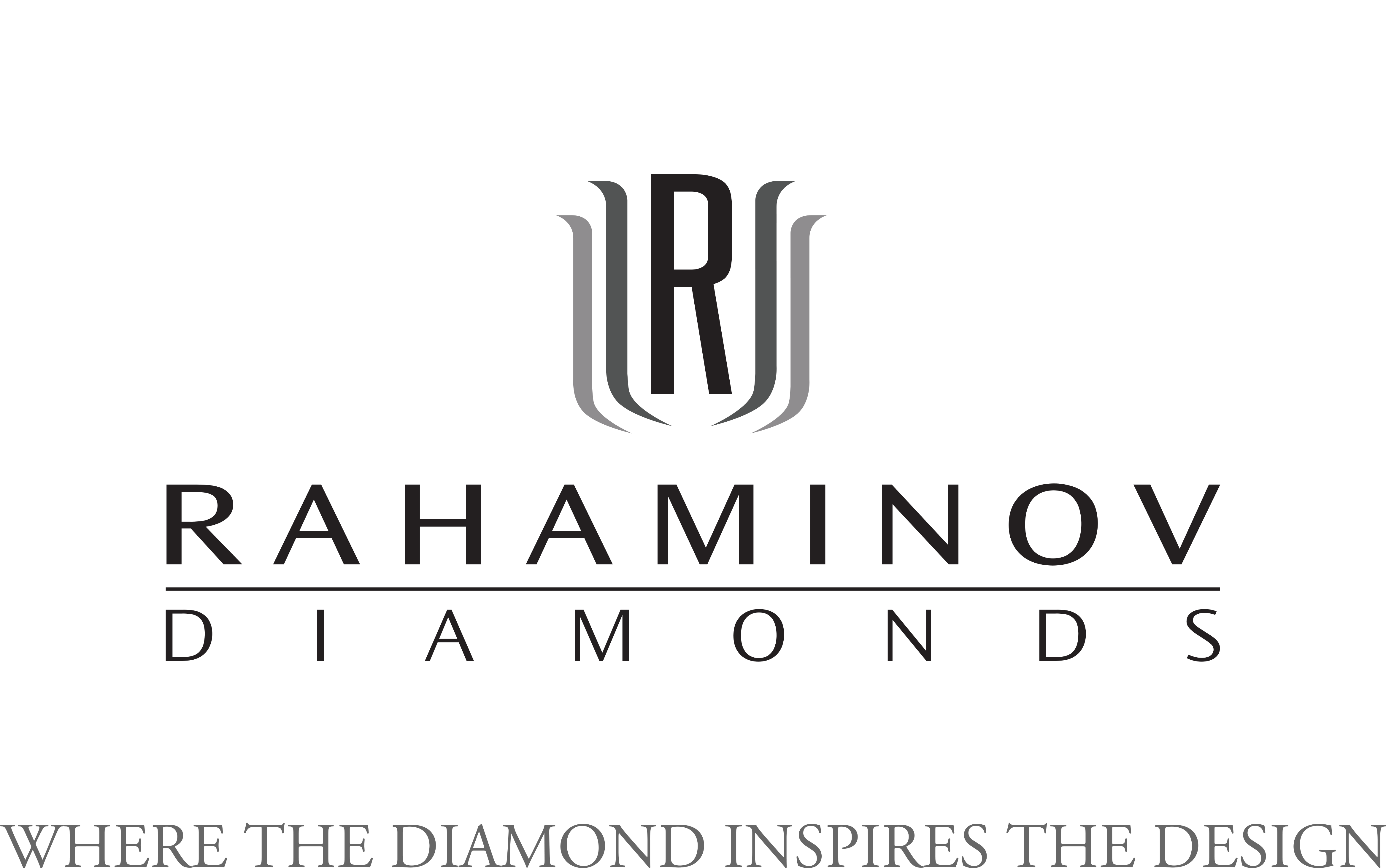
Lab-Grown Diamonds vs. Natural Diamonds
If you’re looking for diamond jewelry in Brea, CA, or the surrounding areas, you might wonder if lab-grown diamonds are comparable to natural diamonds. At Jewler’s Touch, we know that these two types of diamonds are extremely close in terms of aesthetics and quality. If you’re curious about these stones, we’re digging deep below the surface to unearth the facts surrounding lab-grown diamonds, and you might be surprised by some of the valuable nuggets we uncover.
Natural Diamonds: Origin and Formation
Natural diamonds are the product of carbon dioxide undergoing intense pressure deep inside the Earth, approximately 150 miles below the surface. Heat from the Earth's core warms the carbon to around 2,200 degrees Fahrenheit, while the pressure forming around it is about 725,000 pounds per square inch. This intense heat and pressure force the carbon atoms together to create the characteristic diamond formation we recognize.
What Are Lab-Grown Diamonds?
Lab-grown diamonds vs. “real” diamonds, the most obvious difference is that one is created deep below the Earth’s surface, and the other is scientifically manufactured in a laboratory.
There are two common methods for making lab diamonds: High-Pressure High Temperature (HPHT) and CVD (Chemical Vapor Deposition). HPHT mimics the natural process of high pressure and temperature. It’s a very expensive process because it requires a lot of energy and specialized equipment. The CVD method uses a gas chamber and a diamond seed crystal. CVD is less expensive than HPHT because it requires lower temperatures and pressures.
Are Lab-Grown Diamonds Real Diamonds?
If you’re like most people, you’ve probably wondered: Are lab-grown diamonds real diamonds? The answer is yes — these diamonds are chemically and physically identical to earth-mined natural diamonds. Lab-grown diamonds have the same crystal structure, hardness, and aesthetics as naturally mined diamonds.
Both types of diamonds are made of crystallized carbon, so they have the same composition. They also both have the same hardness (10 on the Mohs scale) and the same brilliance. The only way to distinguish the difference between the two is through the use of special laboratory equipment that can detect things like differences in growth patterns or composition.
Quality and Characteristics
The quality of lab-grown diamonds is continually increasing. To the naked eye, you wouldn’t know that you’re looking at a manufactured creation. The two diamond creation methods can produce discolored stones when they come out of the growing chamber. HPHT gems can have a yellow tone, and CVD gems can have a brownish tone.
The color of the CVD stones is improved by using a higher-quality seed crystal and increasing the pressure and temperature in the chamber. Adding nitrogen or boron to the chamber results in a yellow or blueish color.
Grading standards
Grading standards for lab-created diamonds vs. natural diamonds rely on IGI and GCAL grading over GIA.
-
GIA: This is the best option for grading natural diamonds, but GIA has begun grading lab-grown diamonds more recently, so their standards may be stricter.
-
IGI: A highly regarded standard for lab-grown diamonds, IGI is a pioneer in lab-grown diamond certification, focusing on features like polish, symmetry grades, and fluorescence.
-
GCAL: This reputable lab has stringent grading standards, making it a reliable option for lab-grown diamonds thanks to comprehensive evaluations on all aspects of the stones.
Environmental Impact
The environmental impact of lab vs. earth natural diamonds is unclear. Lab-grown diamonds utilize high energy consumption traceable to coal, oil, or nuclear sources, depending on the local energy source.
On the other hand, the natural diamond industry is committed to decarbonize in line with global climate goals. Major diamond mining companies aim for carbon neutrality by 2030 and target net-zero emissions by 2050.
Pricing and Affordability
The price of lab-grown diamonds is about 30 to 50 percent less than the cost of natural diamonds. Like their organic counterparts, lab-grown diamonds are graded according to the four Cs — carat, cut, color, and clarity.
That said, there is another important facet to consider. Natural diamonds are a fixed commodity. Despite overall market fluctuations, the value of an earth-mined diamond remains steady. However, since the manufacturing of lab-grown diamonds is only increasing, the market has no discernible cap, which hinders long-term stability and makes lab-grown diamonds' values uncertain.
Market Trends and Consumer Preferences
While classic diamond jewelry is timeless, the desire for unique and one-of-a-kind pieces that express personality is on the rise. For many consumers, natural diamonds have sentimental value and a romantic appeal that labs can’t recreate.
Lack of consumer education also plays a role in the popularity or lack thereof of lab-grown diamonds. Despite their beauty, some consumers view them as inferior.
Celebrity influence and media buzz
Many celebrities are showcasing the popularity of lab-grown diamonds, creating a major media buzz as a result and leading to increased investments in lab-grown diamond companies while more widely recognizable spokespeople now support the lab-grown industry.
Millennial and Gen Z preferences
The younger millennial and Gen-Z market is increasingly choosing lab-grown diamonds over natural diamonds. This influence is driven by things like perceived environmental sustainability, and affordability. Lab-grown diamonds are considered more cost-effective.
Choosing the Right Diamond for You
If you’re searching for extraordinary jewelry in Southern California, look no further than Jeweler’s Touch. With decades of experience in custom jewelry, precious stones, and diamonds, Jeweler’s Touch invites you to visit our showroom and marvel at our wide selection of high-end jewelry. We also offer layaway plans and helpful financial options, so contact us online or call us at (714) 451-2069 today.
Frequently Asked Questions
How can I tell lab-grown and natural diamonds apart?
Although you can’t tell the difference between lab-grown and natural diamonds with the naked eye, trained gemologists may use a powerful microscope to try and spot the difference. At Jeweler’s Touch, we have microscopes and multiple testing devices to help narrow down the probability of a natural vs a lab-grown diamond to about 98%. However, the only definitive way to tell the difference is to send the diamond to a gemological laboratory for testing.
Are lab-grown diamonds a more ethical choice?
Not necessarily. The Kimberley Process, established by the United Nations and World Trade Organization, now governs that the natural diamond trade is strictly regulated to ensure it is conflict-free. Requiring transparency, export/import controls, third-party audits, and conflict-free certificates for all shipments. The natural diamond industry is now one of the most regulated industries in the world. Lab-grown diamonds’ carbon footprint can be hard to measure, as the energy-intensive process requires temperatures near 20% of the Sun's surface heat. With most production in China and India, where coal powers the grid, a simplistic 'green' claim can be misleading.
Is a lab-grown diamond as high-quality as a natural diamond?
Lab-grown diamonds have the same composition of pure carbon and even the same physical markings as natural diamonds. They are Type IIa diamonds, the purest diamond crystal in existence, which makes them an immaculate choice for jewelry.













